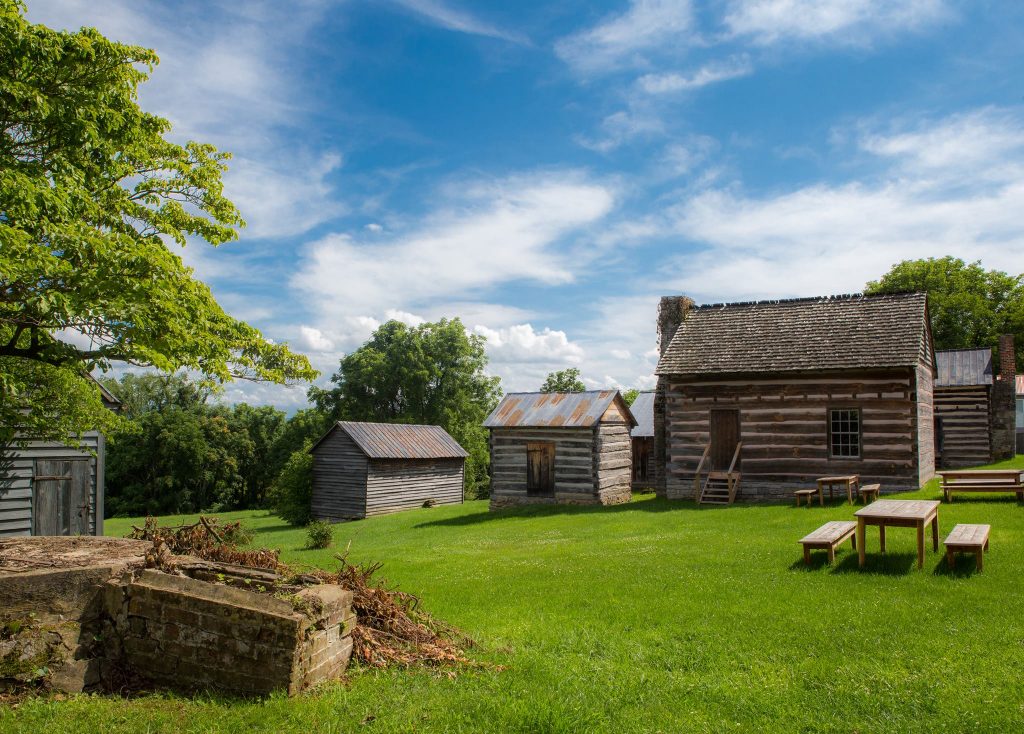In spite of 3 nights of freezing temps and graupel coating the deck two mornings, the bees seem to be thriving. They have emptied their pint syrup feeders twice already. Today I purchased 20 pounds of sugar. I don’t think I have bought that much sugar cumulatively in the past decade, but they need the 1:1 syrup until they are fully established and the weather settles in. They will feed in the winter too, but there are online recipes for making sugar bricks that are placed in the hive for their consumption during cold weather when they can’t fly about and there is no pollen available. Since the bricks have to dry thoroughly and as this is a fairly humid area, the making of the bricks will begin during the summer, dried, and stored in airtight containers for winter feeding. This is a good use for a dehydrator, but we don’t have one.
After the frigid three days, the temperatures have moderated and this weekend it is going to feel like summer and return to near freezing nights part of next week.
The asparagus are producing, peas, sugar snap peas, and potatoes are sprouting. There is a fair amount of spinach, and more goodies are coming to the Farmer’s Market each week now. The hens are being generous enough to share with family.
It really seems like spring is here for real. We are still about 3 weeks from last average chance of frost, but the potted herbs and tomato and pepper starts are spending more time on the back deck.
The week had two living history events with tours from local schools to the museum. We had about 100 sixth graders yesterday and a smaller group of 4th graders, scheduled for tomorrow that has had to be rescheduled due to illness among the teachers of the school. I love these events. For yesterday’s event, I set up in the “loom house” an original log cabin from around 1768. The original Newbern community along Wilderness Road was what today we would call a planned community. The residents were required to build a 16 foot square home with a fireplace and a storage/sleeping loft along the road. Many of these original homes can still be seen by placement of windows, though mostly now covered in siding and all expanded. The museum property also has the original German barn that has been restored, several other original buildings, and a reconstructed summer kitchen with a loft. The loom house is next on the renovation schedule, it will get a new roof and the chinking repaired, the chimney also repaired, though “real” fires are not being burned in any of the fireplaces, many have electric logs to simulate fires. Only about a dozen students and a teacher at a time could be in the house with me as the loom and a bed take up most of the space. The loom has enough space around it for a single file of students to stand and still leave enough room for me to set up the small quill wheel. Though not a lot of spinning gets done in the length of time, because each class had to be split in half to fit them inside, history of where and how the fiber to make their clothing was obtained and processed, lessons on fiber preparation, spinning, weaving of tapes and fabric and how family members were all involved in this process. Types of fabric made and how it was used, why certain fabrics were used for particular items. And personal grooming during the period. Kids are either fascinated or repelled by some of the information, and they are all left with the question of whether they would like to return to that lifestyle.

